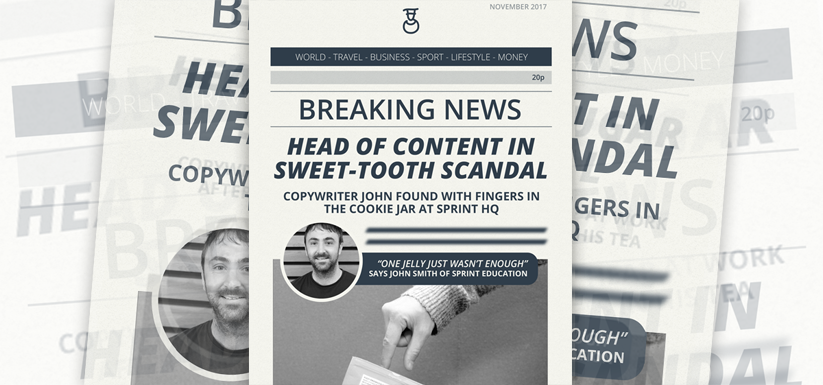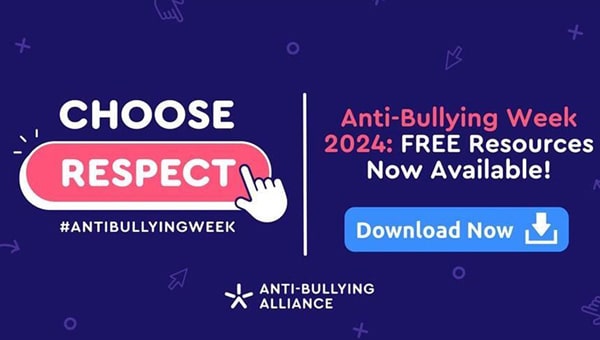What Can Your Email Learn From Tabloid Newspapers?
What Can Your Email Learn From Tabloid Newspapers?
Surely your email marketing can't learn anything from a dead or dying form of media? Well, maybe it can...
Surely your email marketing can't learn anything from a dead or dying form of media? Well, maybe it can...

It might seem counter-intuitive to suggest that your email marketing could learn a thing or two from printed newspapers – a media format often referred to as dead or dying – however swimming against the tide of popular opinion is something I do well, so bear with me.
To go even further out on a limb, I’m thinking tabloid not broadsheet!
I’m not quite as crazy as I might sound. I mean, I’m not thinking of a gossip column or embarrassing photos of the office party here. What I am thinking about are those great tabloid front pages that make it almost impossible to resist plucking a copy off the shelf and taking a sneaky peek inside.
You see, what those tabloid front pages do so well is to include just enough information to whet your appetite. They don’t give you the full story, if they did there would be no incentive to flick through to the inside pages, they just create a sense of intrigue that can only be satisfied by taking an additional step.
I think we need to think of our emails to teachers in the same way; the email itself is the front page and the landing page (the web page you want teachers to click through to) is the inside page.
So, how do you create an air of intrigue that makes teachers want to visit your landing page? Well, one of the best ways is to hold the best information back and only hint at it in your email content.
If your email simply regurgitates all the key content from your landing page then there is going to be zero incentive to click through to the website. Which is going to mean your campaign generates a poor click-through rate and a general sense of disappointment.
Holding your best content back is one of the hardest things to do and something that the vast majority of our clients feel very uncomfortable about, even if that’s what we advise them to do. Our natural instinct is to cram all of the key information into the body of the email – to sell the product to the fullest extent possible.
And while I’m not saying that can’t work, it does mean that there is very little reason for a teacher to click through to your website to find out more.
What we’re finding at Sprint Education is that the best performing emails don’t sell the product, they sell the landing page. They whet teachers’ appetites about acting on your email’s call to action. Then the landing page sells the product.
So, when creating the content for your next email to teachers, my advice is to decide upon your call to action first – is it to watch a video, download a free report, or read a case study on your website? Then write your email content with the one aim of generating an air of excitement and intrigue around that call to action.
I think the best way to create that excitement and intrigue is to write as little as possible – just like those tabloid front pages usually contain just the headline and then a short paragraph that sells the story.
One cracking example that springs to mind is a campaign that we created for one education business recently. They wanted science teachers to click through to watch a superb video of one of their interactive touchscreens being used by one class of school students.
The email we created for them had the smallest amount of text I can remember seeing on any campaign we’ve sent out for our clients in the past 5 years.
It simply said…
Imagine the science classroom of the future…
Then there was a screenshot of their video with a play button overlaid. And then the following sentence…
How close were you?
Now, as you can imagine, the client was pretty taken aback when we sent them their design to sign-off. Why hadn’t we mentioned the fact that the screen was nano coated anti-glare for crystal clarity? However, the campaign went on to generate a click-to-open rate of 32%, one of the highest in our history and fully justifying the approach we had taken.
So, the next time you email teachers, think back to those tabloid newspaper front pages. They’ve been tempting people to flick through to their inside pages for decades. They’re the best in the business.
Keep it short. Hold something back.
Tags
Email Teachers
Emailing Teachers
Marketing to Schools
Selling to Schools
Similar Articles
How your edu-marketing can support school staff wellbeing
Gain an insight into staff wellbeing to help you shape your marketing strategy into one that will help solve their problems and make you sales in the process.
Read PostMarketing School Management Services to Schools
Learn 10 game-changing insights especially for school management service providers to enhance your education marketing campaigns when emailing schools.
Read Post
















































